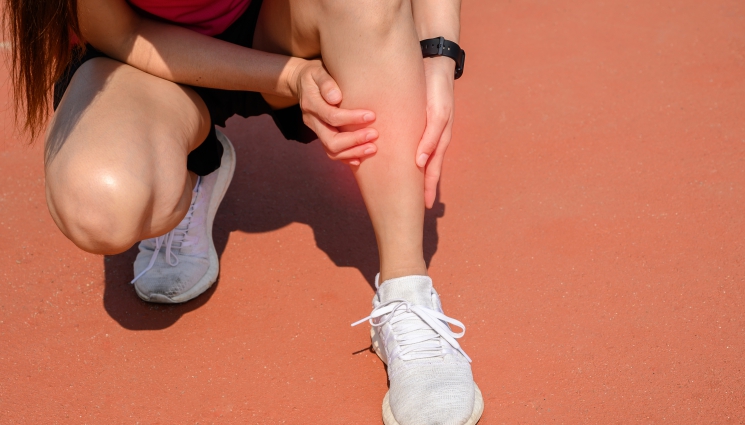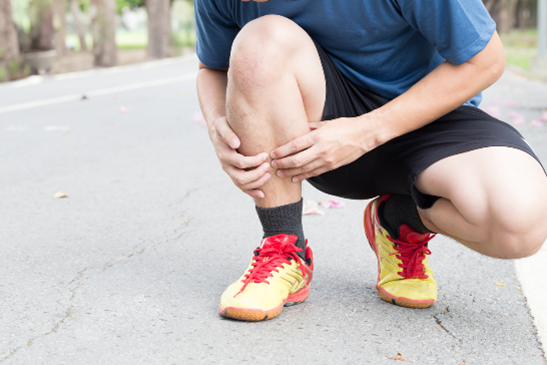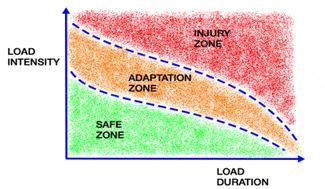
What is Shin splints?
Medial tibial stress syndrome (MTSS) more commonly known as shin splints is diffuse pain experienced on the inside of your tibia (shin bone). Usually, pain is provoked during or after physical activity and reduces with rest. Research shows that 1/3 of people with MTSS also have additional concurrent lower extremity injuries and it is the most common running related injury.

Why do I have shin splints?
Despite MTSS being the most common running related injury the exact nature of the condition is not well understood. However, it is understood to be likely be a bone overloading issue where the tibia is stressed from the muscle contractions that occur from the impact of landing which causes microdamage.

This can be described as an ‘error in workload’ where increased bone loading exceeds the ability for the tissue to positively adapt. In running this will occur where running speed, distance and/or frequency is more than what your body can handle. This most commonly occurs in the last 6 weeks of marathon training where running programmes really start to increase intensity to prepare for the marathon.
What can I do?

- Find a running load which is optimal
- This is specific to each individual. You should find a running frequency, volume and speed which elicits none to minimal pain during, immediately after and the next day post running.
- Perform lower limb strengthening exercises
- Focus on hip abductors (glutes), calf muscles and ankle dorsiflexors. Improving muscle strength will increase your overall bone health.
- Replace running with non-weight-bearing cardiovascular exercises
- E.g. bike, rower, swimming – important to maintain CV fitness particularly if you are leading up to a big event.
- Rehab any other concurrent lower limb injuries
- As previously discussed 1/3 of people with MTSS will have an additional lower limb issue. Improving these will in turn help the shin pain.
- Plyometric exercises
- As pain improves plyometrics should be performed pain free to improve bone health. Controlled plyometric will exceed bone loading than those during running
- Get assessed by a physio
- This will provide you with a specific progressive rehab plan for your individual needs and identify specific issues eg. Concurrent injuries, biomechanics, muscle strength and running step rate are all common issues related to MTSS. If you know what you need to target then rehab will likely be quicker.
